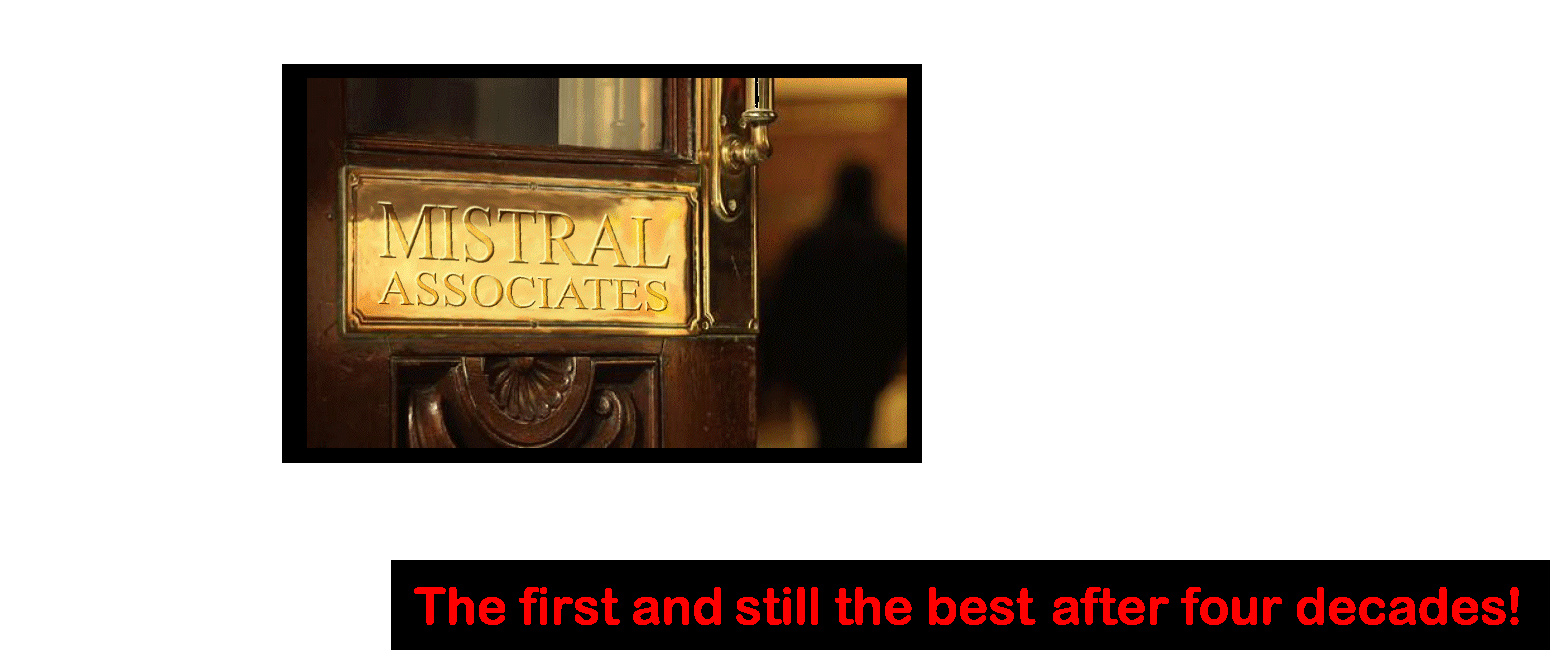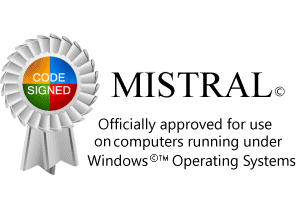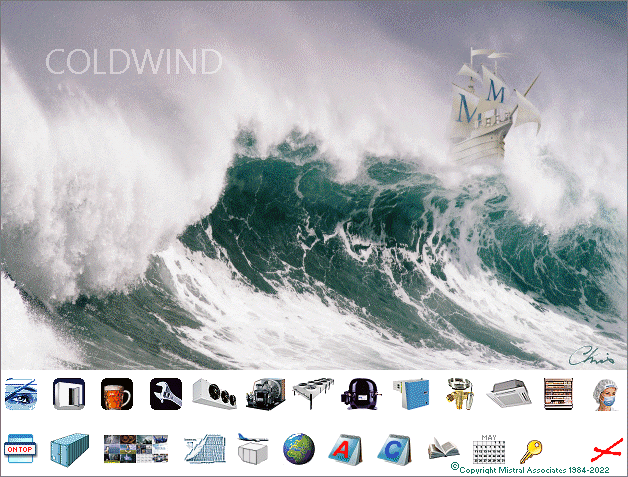![]()
"He no work no more why not?"
Spring of 1981, Friday night and following another gruelling week in my then employer's, McQuay-Perfex Corporation's, asininely located 'London' office, actually in Thornton Heath, Surrey, and I was packing up ready to face the life or death challenge of driving across London on a Friday evening, followed by another 120 miles up the M11 and beyond to my home in north Norfolk.
The phone rang.
"Hallo. He no work no more why not?"
"Hello Sir. How can I help?"
"You get here quick. He no work no more why not?"
"Yes, I understand but tell me please, to whom am I speaking and who is it that is no longer working?"
"Oil platform. He no work no more. Your shit engine blow up. How he no work no more. I boss. I no happy boss!"
A picture was beginning to slowly form in my already over stressed brain.
"Tell me please Sir. Where is your oil rig. Exactly?" Praying God forbid it wasn't going to involve my long johns, steel toe-capped boots, helicopter survival suit, the North Sea and three sick bags; Again.
"Portugal. You get here fast right?"
"Yes Sir. I will be there as soon as I can. Try and keep calm OK?"
"How I keep f****** calm? I see you tomorrow OK?" The gentleman answered. In plain English.
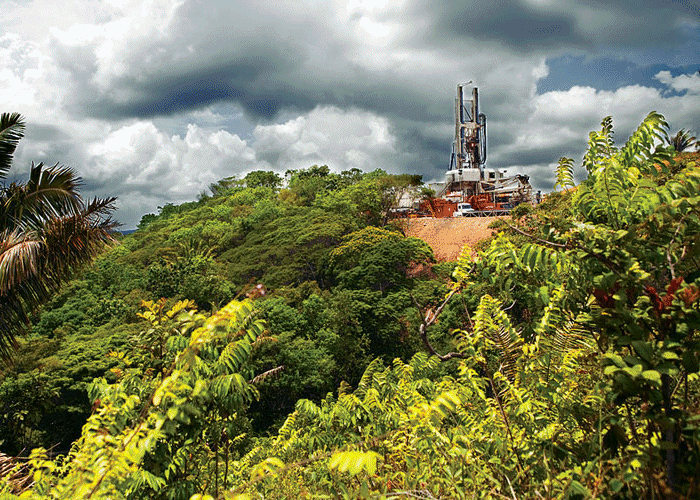
Typical onshore production rig
So, next call was to my dear wife and after five minutes of screaming back she finally accepted I would not be home until the following Friday evening at the earliest.
Next call to British Airways and my BA frequent flier 'Executive Club' card number guaranteed me a flight out to Lisbon that evening, along with a Hertz rental waiting at the other end. And a map.
Pedro, I'll call him that because that was his name had calmed down sufficiently, and had graciously asked his Lisbon office to Telex rudimentary directions. North up from Lisbon for a couple hundred kilometres or so followed by a hard right and another 60 kilometres to what my map showed as being absolutely nowhere. No towns, not even any villages or even roads. Nothing. Just a vast expanse of green on the map.
And so it came to pass.
The E1 as I recall the road designation ended just before my instructed 'hang a right'. It ended quite suddenly. As in the Portuguese were still building it and had neglected the part about warning drivers of that fact. Not even any warning signs. Just suddenly transferring, in the pitch black of night from pristine new unlit, unsigned and unmarked tarmac to a dirt track. Following a 9" drop off the end of the tarmac!
The first twenty five kilometres or so went well enough. An eight inch or so diameter shiny silver pipeline could occasionally be seen alongside amongst the dense foliage. A clue that I was on the right track. Then the trees and scrub either side started to close in and the ruts got deeper. So deep I eventually decided the sump was going to go unless I climbed out of what appeared to be Caterpillar dozer track ruts and drive with nearside wheels on the hump in the middle and offside of the car swiped by all sorts of vegetation and which I had only ever seen before in pictures. Pictures of Rhodesia!
The first things to part company with the shiny new Ford Taunus were the hubcaps. Remember hubcaps? Who needs 'em eh? That's what I thought too and I wasn't about to stop and go searching for them on the notion that I had no idea what might be lying in wait beyond and which might be keen to put me on its dinner menu.
The Taunus ran perfectly well too without both the front spoiler and most of its exhaust system. Both of which came off around the same time following a particularly nasty and to my mind at least a seemingly pointless ninety degree bend at the bottom of a steep gully.
Eventually, after a further thirty or so kilometres of gut twisting chicanes, bone rattling bulldozer track ruts and gullies I arrived at a clearing in the forest. Well a clearing in a jungle really and certainly convincing enough for devotees of Johnny Weissmuller. When I say 'arrived' much of the Taunus's offside paint work didn't.
Pedro was the first to appear between me and the painful stab of an eye level white light from a gas powered emergency flood lamp. Curious for a 24 hour operating production oil platform to risk running gas powered lights I remember thinking. Explosions on oil platforms are not uncommon. Except the platform wasn't running. Nothing was except the gas lamp.
Pedro ordered me to follow him. There in the gloom stood three thirty foot long yellow shipping containers side by side. With CATERPILLAR emblazoned in huge black letters along each side. Except one only read 'CATERPILLA' as the 'R' at the end was missing. As so was the end of the container.
"He no work no more why not?"
"Ah, you are Pedro then. I'm Chris."
Pedro didn't appear too interested in exchanging pleasantries at this point. He went on to explain that one of the two primary 1,200 HP power generators first began to rumble so they decided to shut it down and then wind up the third unit, the Stand-by. There is an emergency shutdown lever on the end of the container and which upon hindsight was a daft place to mount it as by this time there wasn't much of the end of the container left. It was breaking up quite rapidly. So a hero opened the double doors halfway down the long side of the container and pulled the diesel injector rack back by hand. Quite exciting I would have thought. The inside of these containers are lined with three inches or so of sound deadening material and which is covered with a fairly heavy gauge aluminium foil. Upon my inspection I could not see an area of more than around a couple of square feet that had not been punctured by various smallish bits of metal. Mainly chunks of quarter inch diameter fan guard material. The fan itself, a 72", 8 blade aluminium aerofoil type was no longer there. As the sun rose the first morning rays of light began to shine through the large puncture holes in one side of the corrugated steel container wall where astonishingly aluminium had cut through steel. The opposite side wall was gone. The 3.5" diameter solid steel fan shaft along with its pair of plummer block bearings and the steel beam they once sat on just a bent, tangled mess. How the guy who shut the engine down survived heaven only knows.
"What happened to the other two?" I risked asking.
I was informed the second engine appeared to be running out of balance so that was shut down too and the platform couldn't operate with less than the power generated by two 1,200 HP generators. So there was no point in continuing to run the Stand-by either.
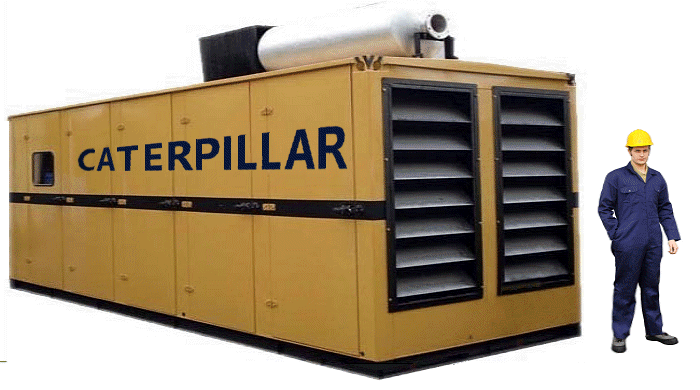
Typical Caterpillar containerised generator
Slide rule time. Well not actually as I hadn't thought to bring one. However I did have the benefit of noticing that the radiators on these machines weren't designed for Caterpillar engines at all but for Cummins. It was common practice to 'mix and match' parts from two or more of our company's products to make the final assembly suit a different application, when needs must. Particularly when lead times were critical. On this occasion however the fans originally fitted weren't up to the job of meeting the cooling duty required of a more powerful engine. So an engineer unknown somewhere down the supply chain used his ingenuity (unfortunately) and changed the sheaves and drive belts to increase the fan speeds. Though bright enough to first check what the safe maximum rotation was for the fans in question what he had neglected to do (or simply chosen to ignore, we'll never know) is check the fan performance charts for 'critical rotation speed' areas. In this case he managed to get the speed changed to slap bang in the middle of a critical speed zone. He could have run the fans a few tens of revs above or a few revs below and got away with it. Bad luck. If he was a doctor and not an engineer his patient would almost certainly have died.
Part of the damage was the total destruction of an eight foot square, two and a half tonne, radiator. Half of the fan had actually gone through it and out the other side.
Communications in these days were complicated. No such thing as mobiles and over forty kilometres from any sign of civilisation meant no land lines either. But they had radio contact and from that I discovered I could be patched through in a live telephone call to my HQ in Milwaukee, USA. At around three Dollars a minute. Quite a lot of money in those days but nowhere near as much as the US$30,000 per day down time the drilling company were suffering with the rig idle. The owners were not happy. Nor was I. Although an end user of our products at the end of a long supply chain they and their needs were nonetheless paramount and this problem needed resolving, and fast.
After much tracking down of whereabouts over the week-end I spoke to my boss at HQ and he suggested he put me through to production. The guy in production didn't like me much and it was mutual. He was an opinionated and none too bright tosser in my opinion and I'd had run ins with him before. Before he was eventually fired I'm happy to relate but that's another story.
"You trying to tell me the fan broke through the guard? I don't believe you!"
I explained to idiot that not only did a fan spinning at 560 RPM, a tip speed of 10,557 feet per minute* and 1,200HP behind it break through the guard it almost left the planet.
*That's a fan tip speed of 120 MPH for anyone that's interested.
"Guards are there to keep people out idiot. Not keep fans in!"
I ascertained there were two proper Caterpillar radiators complete with fans, sheaves and belts in stock in Milwaukee. So I demanded they be reserved for me, told the imbecile that he would receive the Purchase Order first thing Monday morning and to fly them out to Lisbon immediately.
"Are you crazy? Fly them out! Do you realise what they weigh? Don't you understand you'll need a Braniff freighter!"
"Yes and Yes. I know what they weigh. I design them, remember?! Forget ordering the freighter I'll book it myself from here. Just get them crated and in the loading bay."
And so it came to pass. In 1981 things like ordering up a DC10 jumbo jet air freighter and paying $10,000 for it with Amex were easy. We hadn't yet got to the nice secure and simple life we all enjoy today where it would take two weeks with a public enquiry involving the Pope and launched by half a dozen workshy, nine to five jobsworths, infesting a succession of parasitic banks.
The radiators arrived in Lisbon as bid on Monday morning and were duly sent along their way on a rented old four wheel drive army crane truck. Pedro had miraculously summoned up a couple of fitters from a firm in Lisbon and got them sent out the day before on a Veitnam war retired Puma helicopter to start clearing the debris and then fit the replacements. And therein lies the next exciting part of my adventure.
The clearing in the forest wasn't all that big but it did have a concrete helipad. I know that because my hired Taunus was parked on the big letter H in the middle of it. A point everyone including me had failed to notice amid the dark and all the hullabaloo over the Saturday.
"I'd better move it." I said and so did. I drove up to the edge of the clearing and was just leaving the car as the Puma came in. All very '007' and exciting. Except the backwash from the Puma flung the driver's door of the Taunus back violently against its hinges, after which it wouldn't shut properly. Actually it wouldn't shut at all.
"No problem." Said Pedro. "The men aren't doing a whole lot whilst the rig is down. They'll fix it for you." Except he said it in Portuguese of course. Losing some finer points of explanation along the way.
And so they did. By unbolting it and putting it in the boot! I wasn't up for arguing. They could have tied it shut and I could have climbed in and across from the passenger door but I guess in times of great stress not everyone thinks clearly. Either that or bearded Portuguese roustabouts who have just lost their productivity bonuses don't like young, clean shaven English reps in pinstripe suits prancing around in their jungle.
By Tuesday morning everything was in order. Two new radiators had been fitted, the generators were running as was the rig. The truck went on its way with the two fitters on board and I set off back to Lisbon in what was left of the Hertz rental Taunus.
Fortunately it wasn't too cold driving with no door though without exhaust system just a lititle noisy. Without any door on the offside I decided being whipped to death by errant branches as I drove back wouldn't be much fun. Thus giving branches the opportunity to now whip the paint off the Taunus's nearside.
I took it slowly though and by the time I reached what was then called Lisbon's Portela airport I was running late. I parked the car at a Hertz signed parking slot and rushed to the terminus. Found the Hertz desk and handed over the keys. Thankfully no one suggested they inspect the car which was now showing just 500 or so kilometres from new on its odometer and not a lot of paint along with a missing door on its offside. I'm glad I wasn't around when they started it.
"Thank you Sir. Everything OK? Have a nice day." Said the nice lady in the hat.
"Yes, thank you. You too. Bye." And off I ran.
Curiously I never heard from Hertz again. Sadly their only reward was that after that I was always too scared to use them again. Such is life.


